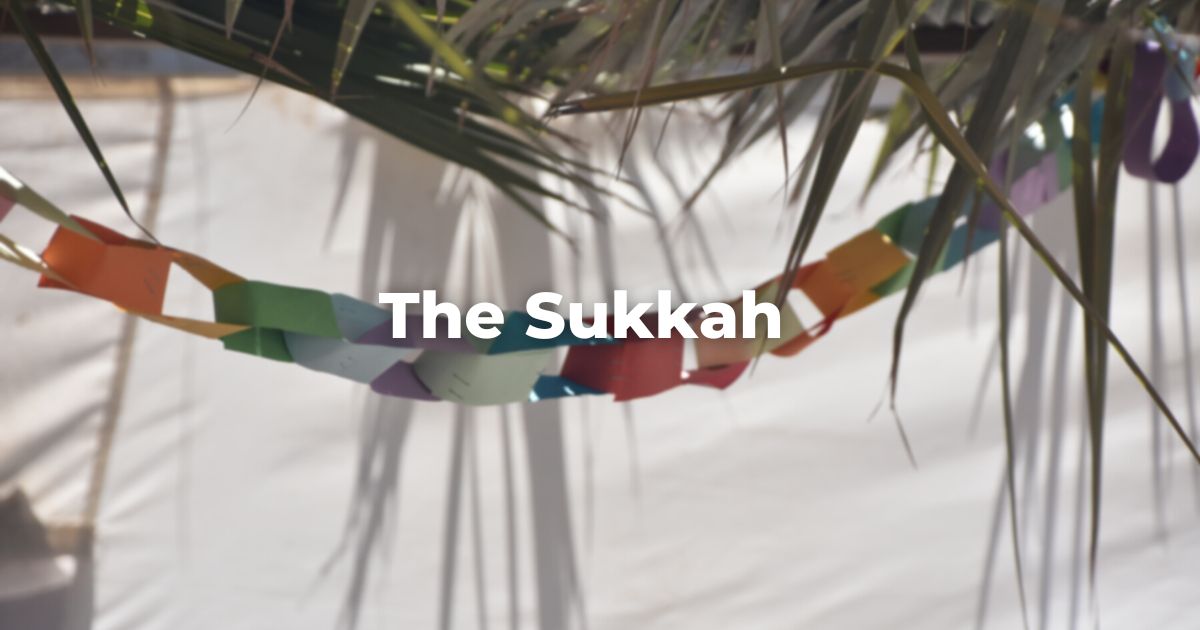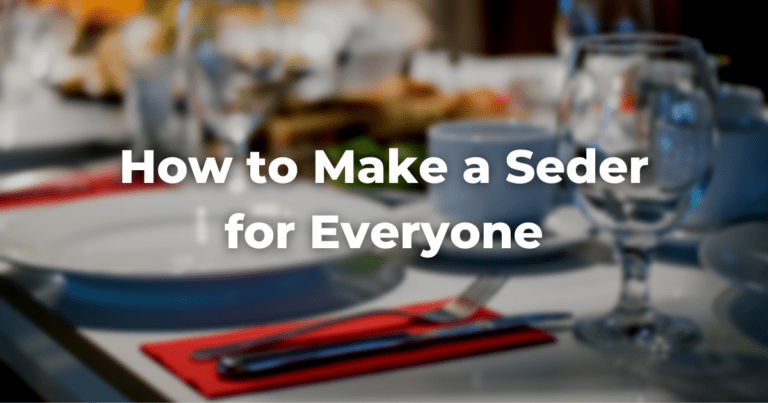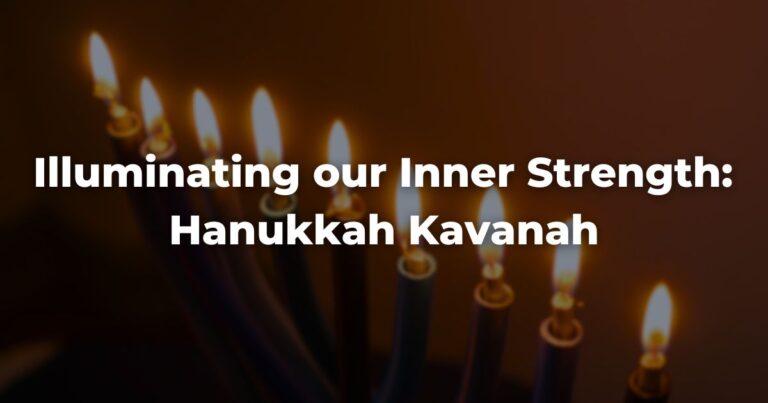The sukkah for Sukkot has some very basic requirements, but beyond these rules its construction is left to one’s imagination and creativity.
Requirements for a Sukkah
It must be built under the open sky, rather than under a tree or in a larger room. It usually consists of four walls that may be made of any material (SA Oraḥ Ḥayyim 630:1), but it will also suffice if there are at least two complete walls and part of a third.
The sukkah should be made sturdy enough to survive normal weather conditions in whatever climate the sukkah is built (SA Oraḥ Ḥayyim 630:10).
At best, sukkot (plural of sukkah) are fragile things. In many diaspora communities, it is not uncommon to experience severe autumn weather during the holiday. An example is when Hurricane Gloria made her way up the east coast of North America just before Sukkot in 1985.
In the community I served at the time, everyone came to synagogue unhappy and depressed that first morning because the wind had decimated the sukkot in our costal community. They were greeted by their rabbi, who happily informed them that any sukkah still standing after a hurricane was probably not too kosher a sukkah in the first place!
The second chapter of M Sukkot teaches that a sukkah that falls may be rebuilt on the intermediate days of the festival in order to fulfill the biblical requirement at Deuteronomy 16:13 that for “seven days you shall observe the festival of Sukkot.”
One of the oldest rules concerning the sukkah is that it may not be more than thirty feet tall (M Sukkot 1:1), nor should it be less than about three feet high. However, it should be at least big enough to fit one person inside, although most of our sukkot are significantly larger than that (MT Hilkhot Shofar V’sukkah V’lulav 4:1).
It cannot be slanted or in a triangular shape because it is considered indispensable that the sukkah have a roof.
Material Requirements for S’khakh
In fact, most of the requirements for a sukkah revolve around the roof and its materials.
The s’khakh, or roof covering, must be material that grew from the ground but which is not still attached to the ground. Among other reasons, this is why a sukkah may not be built under a tree.
Additionally, the material used for s’khakh must not be deemed susceptible to contamination with ritual impurity. Materials like metal or cloth can become ritually impure and therefore cannot be used as a roof covering. Hides cannot be used because they do not grow from the ground. Vines or leafy trees cannot be used because they are still attached to the ground.
It should also be pointed out that, although grass and leaves meet all the technical requirements for kosher s’khakh, they should not be used because they dry out so quickly and become unattractive. The most commonly used materials for s’khakh today are some mixture of pine or other evergreen coniferous tree branches and/or bamboo poles or bamboo mats.
If the s’khakh becomes dried out over the holidays, it is important to replenish it so that it is dense enough and remains attractive.
Density of S’kakh
The density of the covering is also an important consideration. The general rule is that it should not be so dense that one cannot see the sky during the day or the stars at night, but neither should it be so loosely layered over the frame that the amount of light that shines through to the ground exceeds the amount of shadow cast by the s’khakh.
Additionally, there should be no gaps in the s’khakh longer or wider than a single foot (according to Rabbi Isaac Klein (z’l) in A Guide to Jewish Religious Practice (p. 161); SA Oraḥ Ḥayyim 631:1).
Obviously, this calls for a lot of subjective judgment as to whether there is too much s’khakh or too little, but people generally tend to put too little s’khakh atop their sukkot rather than too much. Therefore, one should be especially careful in making sure the s’khakh is dense enough.
Decorating the Sukkah
It is also customary to decorate sukkot with posters, drawings, and colorful paper, and also with fruit and vegetable hangings. Many synagogues today even have “sukkah hops” during which the participants visit various sukkot in the community and admire their creativity and beauty.
While not technically required, all this extra adornment falls under the general category of hiddur mitzvah, the rabbinic injunction not merely to perform the mitzvot correctly, but in as aesthetically pleasing a way as possible.
The Mitzvah
It is not actually a mitzvah to build a sukkah, merely to “dwell” in one—which requirement, in the opinion of most authorities, is satisfied by eating there. Although one could theoretically eat solely in other people’s or a synagogue’s sukkah, the mitzvah should be pursued personally by all Jews with the space and opportunity to build one themselves.
Today there are prefabricated sukkah kits that put this mitzvah within the reach of almost every-one.
Some synagogue communities even organize volunteers to help less able congregants put up their own sukkot.
Apartment dwellers and others who cannot build their own sukkot, however, should not feel exempt from the mitzvah, nor should they imagine that they can fulfill the commandment by belonging to a community that builds a communal sukkah without actually frequenting it during the festival.
Blessing Over the Sukkah
Because it is a mitzvah to use the sukkah but not technically to build one, there is no blessing recited upon the construction of a sukkah.
However, there is a benediction recited as part of the pre-meal ritual when dining in a sukkah:
בָּרוּךְ אַתָּה ה׳ אֱלֹהֵֽינוּ מֶֽלֶךְ הָעוֹלָם אֲשֶׁר קִדְּשָֽׁנוּ בְּמִצְוֹתָיו וְצִוָּֽנוּ לֵשֵׁיב בָסוּכַּה.
Barukh attah adonai, eloheinu, melekh ha-olam, asher kidd’shanu b’mitzvotav v’tzivvanu leisheiv ba-sukkah.
Praised are You, Adonai, our God, Sovereign of the universe, who, sanctifying us with divine commandments, has commanded us to dwell in the sukkah.
During the intermediary days of the festival, the blessing is recited whenever one takes a formal meal in the sukkah immediately after breaking bread, regardless of whether one is dining in one’s own sukkah, in someone else’s, or in a communal sukkah (MT Hilkhot Shofar V’sukkah V’lulav 6:12; cf. the gloss of the Rema to SA Oraḥ Ḥayyim 643:3).
On the actual festival days of Sukkot, however, the blessing is recited after Kiddush, but before the She-heḥeyyanu (also written as shehechianu) benediction.
There is also a widely observed custom to reverse the final two blessings, the blessing over the sukkah and the She-heḥeyyanu, on the second night of Sukkot.
One should formally sit down after reciting the blessing leisheiv ba·sukkah, even in communities in which it is customary to remain standing for Kiddush (SA Oraḥ Ḥayyim 643:2).
Dwelling in a Sukkah
A common misconception arises from an overly literal translation of leisheiv ba-sukkah as meaning “to sit in the sukkah.” A more accurate translation is “to dwell in the sukkah.”
In fact one may say this blessing while standing in a sukkah if eating a meal while standing, and one should not say it while sitting in a sukkah if a meal is not being eaten.
Eating in the sukkah is, according to the rabbis, how we fulfill the obligation of “dwelling.” A house becomes a home when we eat together in it, and similarly, eating together in a sukkah is when we fulfill the mitzvah of leisheiv ba·sukkah regardless of whether we are actually sitting or standing.
“Dwelling” in the sukkah was further understood to mean living there as much as possible during the week of Sukkot.
As a result we are encouraged to also sleep in the sukkah. This was much more reasonable an expectation in Israel rather than in North America or Europe where many Jews currently find themselves. The weather in Israel at Sukkot time is very conducive to outdoor living, but this will not necessarily be so in the Diaspora.
Sleeping in the sukkah has taken on an air of adventure in many parts of the world and as an adventure should be encouraged. The concept, however, needs to be balanced by issues of comfort and good judgment when the weather is less than accommodating.
Weather and Joyfulness
Weather is a major consideration in the fulfillment of many aspects of our Sukkot observance. The observance of the mitzvot of Sukkot are supposed to bring us joy and it is not very joyful to sit in a sukkah with rain drenching us.
The rabbis commented that we are supposed to dwell in the sukkah as we dwell in our homes—just as we would not remain in our homes if there was a leaky roof and we were getting wet, so we need not remain in our sukkah in inclement weather.
There is some discussion as to whether the first two nights of the holiday have a higher degree of importance attached to them with respect to actually eating and saying Kiddush in the sukkah.
As a result, all effort should be made to eat in the sukkah and say Kiddush and the Ha-motzi blessing there on the first two nights, even if it means delaying the start of dinner. Second best would be to find an opportunity to say Kiddush and the Ha-motzi and then finish the meal indoors.
And, finally, if the weather really is unforgiving, we may rely on the exemption that certainly applies to all the rest of the nights of Sukkot, which releases us from dwelling in the sukkah in bad weather.
But when the weather is nice, we should spend time in our sukkot and enjoy their beauty, and we should use every opportunity to do so. Having coffee with friends? Do it in the sukkah. Reading or studying? Do it in the sukkah. Playing board games with the kids? Do it in the sukkah. Not only will you be truly fulfilling the mitzvah leisheiv ba·sukkah, but you will be creating wonderful memories of time well spent with family and quality time with God.
Adapted with permission from The Observant Life.
Authors
-

-

The Observant Life: The Wisdom of Conservative Judaism for Contemporary Jews distills a century of thoughtful inquiry into the most profound of all Jewish questions: how to suffuse life with timeless values, how to remain loyal to the covenant that binds the Jewish people and the God of Israel, and how to embrace the law while retaining an abiding sense of fidelity to one’s own moral path in life. Written in a multiplicity of voices inspired by a common vision, the authors of The Observant Life explain what it means in the ultimate sense to live a Jewish life, and to live it honestly, morally, and purposefully. The work is a comprehensive guide to life in the 21st Century. Chapters on Jewish rituals including prayer, holiday, life cycle events and Jewish ethics such as citizenship, slander, taxes, wills, the courts, the work place and so much more.
View all posts






